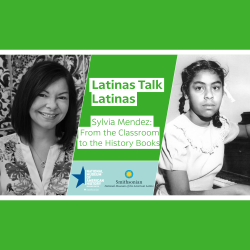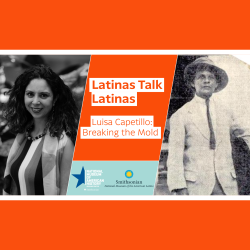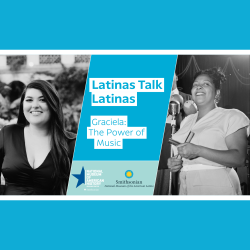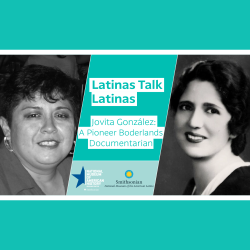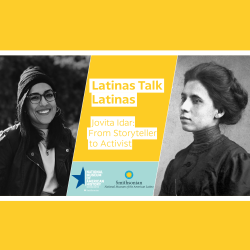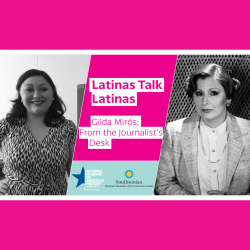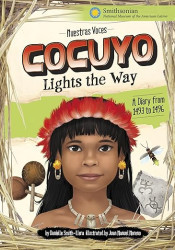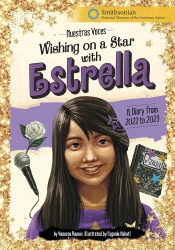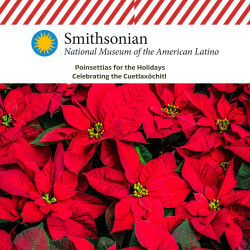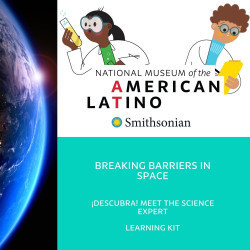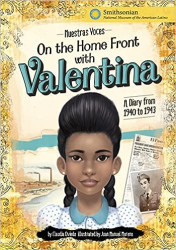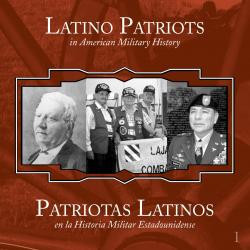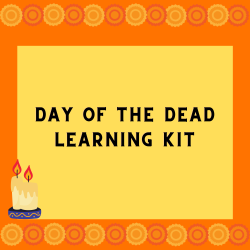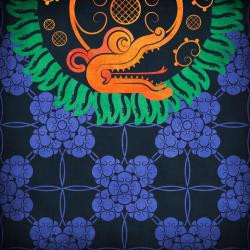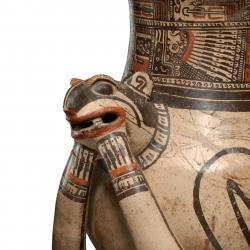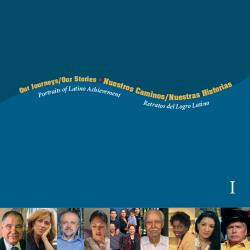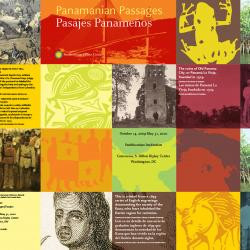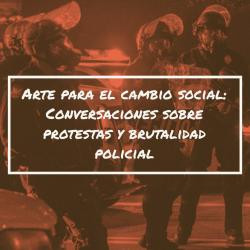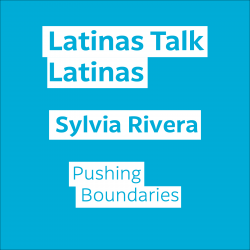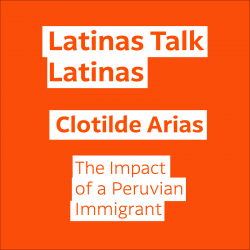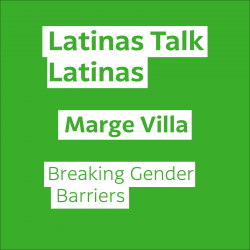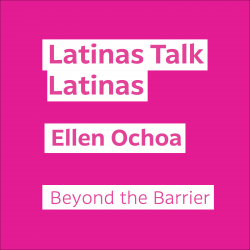Smithsonian Latino Museum
The Smithsonian’s National Museum of the American Latino advances the representation, understanding and appreciation of Latino history and culture in the United States. The museum provides financial resources and collaborates with other museums to expand scholarly research, public programs, digital content, collections and more. The museum’s Molina Family Latino Gallery is the Smithsonian’s first gallery dedicated to the Latino experience. The legislation creating the National Museum of the American Latino at the Smithsonian passed Dec. 27, 2020. Connect with the museum at latino.si.edu, and follow @USLatinoMuseum on Facebook, Instagram and Twitter.
Smithsonian Latino Museum's collections
Sylvia Mendez, Latinas Talk Latinas
 Smithsonian Latino Museum
Smithsonian Latino Museum
Luisa Capetillo, Latinas Talk Latinas
 Smithsonian Latino Museum
Smithsonian Latino Museum
Graciela, Latinas Talk Latinas
 Smithsonian Latino Museum
Smithsonian Latino Museum
Nuestras Voces: Cocuyo Lights the Way
 Smithsonian Latino Museum
Smithsonian Latino Museum
Nuestras Voces: Wishing on Star With Estrella
 Smithsonian Latino Museum
Smithsonian Latino Museum
Celebrating the Holidays with Poinsettias
 Smithsonian Latino Museum
Smithsonian Latino Museum
Latino Patriots in American Military History | Patriotas Latinos en la Historia Militar Estadounidense
 Smithsonian Latino Museum
Smithsonian Latino Museum
Day of the Dead Learning Kit
 Smithsonian Latino Museum
Smithsonian Latino Museum
SLC Day of the Dead Bilingual Curriculum-Based Resources
 Smithsonian Latino Museum
Smithsonian Latino Museum
Southern Identity: Contemporary Argentine Art
 Smithsonian Latino Museum
Smithsonian Latino Museum
Arte para el cambio social: Conversaciones sobre protestas y brutalidad policial
 Smithsonian Latino Museum
Smithsonian Latino Museum
Sylvia Rivera, Latinas on Latinas
 Smithsonian Latino Museum
Smithsonian Latino Museum

